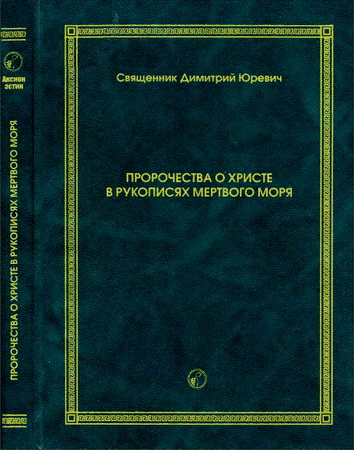
Pitre – Jesus and Divine Christology

In his watershed book, The Quest of the Historical Jesus , written at the dawn of the twentieth century, Albert Schweitzer points out that the modern quest was motivated from its very beginnings by more than just the historical aim of discovering what Jesus of Nazareth really did and said. The quest was also explicitly directed against the idea that the historical Jesus claimed to be more than merely human. In his opening chapter on the “problem” of the historical Jesus, Schweitzer writes:
The historical investigation of the life of Jesus did not take its rise from a purely historical interest; it turned to the Jesus of history as an ally in the struggle against the tyranny of dogma…. For hate as well as love can write a Life of Jesus, and the greatest of them are written with hate…. It was hate not so much of the person of Jesus as of the supernatural nimbus with which it was so easy to surround him, and with which he had in fact been surrounded. They were eager to picture him as an ordinary person, to strip from him the robes of splendor with which he had been appareled, and clothe him once more with the coarse garments in which he had walked in Galilee.
In other words, the modern historical quest for Jesus—at least in the eighteenth and nineteenth centuries—was often explicitly driven by the theological aim of liberating readers from the ancient Christian doctrine, formulated above all at the ecumenical councils of Nicaea (325 CE) and Chalcedon (451 CE), that Jesus of Nazareth was both fully human and fully divine—what Schweitzer calls “the dogma of the two natures.” According to Schweitzer, “This dogma had first to be shattered before people could once more go out in quest of the historical Jesus, before they could even grasp the thought of his existence.”
Since Schweitzer first penned these words in 1906, historical Jesus research has come a long way. On the one hand, a strong case can be made that the most important works on the historical Jesus are no longer written with “hate.” In my view, most contributors to contemporary Jesus research are sincerely seeking the historical truth about who Jesus of Nazareth was, how he fit into his first-century Jewish context, and the relationship between his public ministry and the birth of early Christianity. Moreover, in contrast to the eighteenth and nineteenth centuries, in which the quest for the historical Jesus was dominated almost exclusively by European Protestant scholars, contemporary Jesus research involves contributions from multiple continents, multiple languages, and multiple perspectives, including Jewish, Christian, and nonreligious scholars alike.
At the same time, a case can be made that the contemporary quest has inherited from its early forebears an almost reflexive reluctance to explore the question of whether the historical Jesus ever claimed to be anything more than merely human. For example, in his presidential address to the Cambridge Theological Society, John A. T. Robinson once described the question of whether Jesus claimed to be more than human as one of several “‘no-go’ areas” around which twentieth-century scholarship had erected warning signs and which “it would not be intelligent or respectable to question.” He goes on to depict the situation as follows:
What lay at the centre of Jesus’ life has been left a blank, and indeed been regarded as forbidden territory. We can say what the church said about him, but we cannot say—or apparently be allowed to care—what he thought about himself.
Brant Pitre – Jesus and Divine Christology
Grand Rapids, MI: Wm. B. Eerdmans Publishing Co., 2024
ISBN 978-0-8028-7512-9
Brant Pitre – Jesus and Divine Christology – Contents
1. The Quest and Jesus’s Divinity
- The Historical Jesus
- Early High Christology
- Four Historical Warrants
- Method of Proceeding
2. The Epiphany Miracles
- The Miracles of Jesus
- Stilling the Storm
- Walking on the Sea
- The Transfiguration
3. The Riddles of Jesus’s Divinity
- The Teacher of Parables
- Greater than Father or Mother
- No One Is Good but God
- The Riddle of David’s Lord
4. The Apocalyptic Secret
- The Apocalyptic Jesus
- The Heavenly Son of Man
- The Question of John the Baptist
- The Apocalyptic “Thunderbolt”
5. Crucified for Blasphemy
- The Criterion of Execution
- They Picked Up Stones
- You Make Yourself God
- The Charge of Blasphemy
6. Implications
- Ex Nihilo Nihil Fit
- Early Divine Christology
- The Parting of the Ways
- The Long Road to Nicaea
Acknowledgments
Bibliography




Комментарии (1 комментарий)
Большое спасибо!